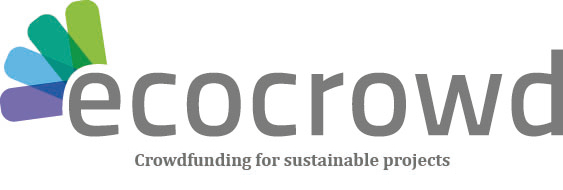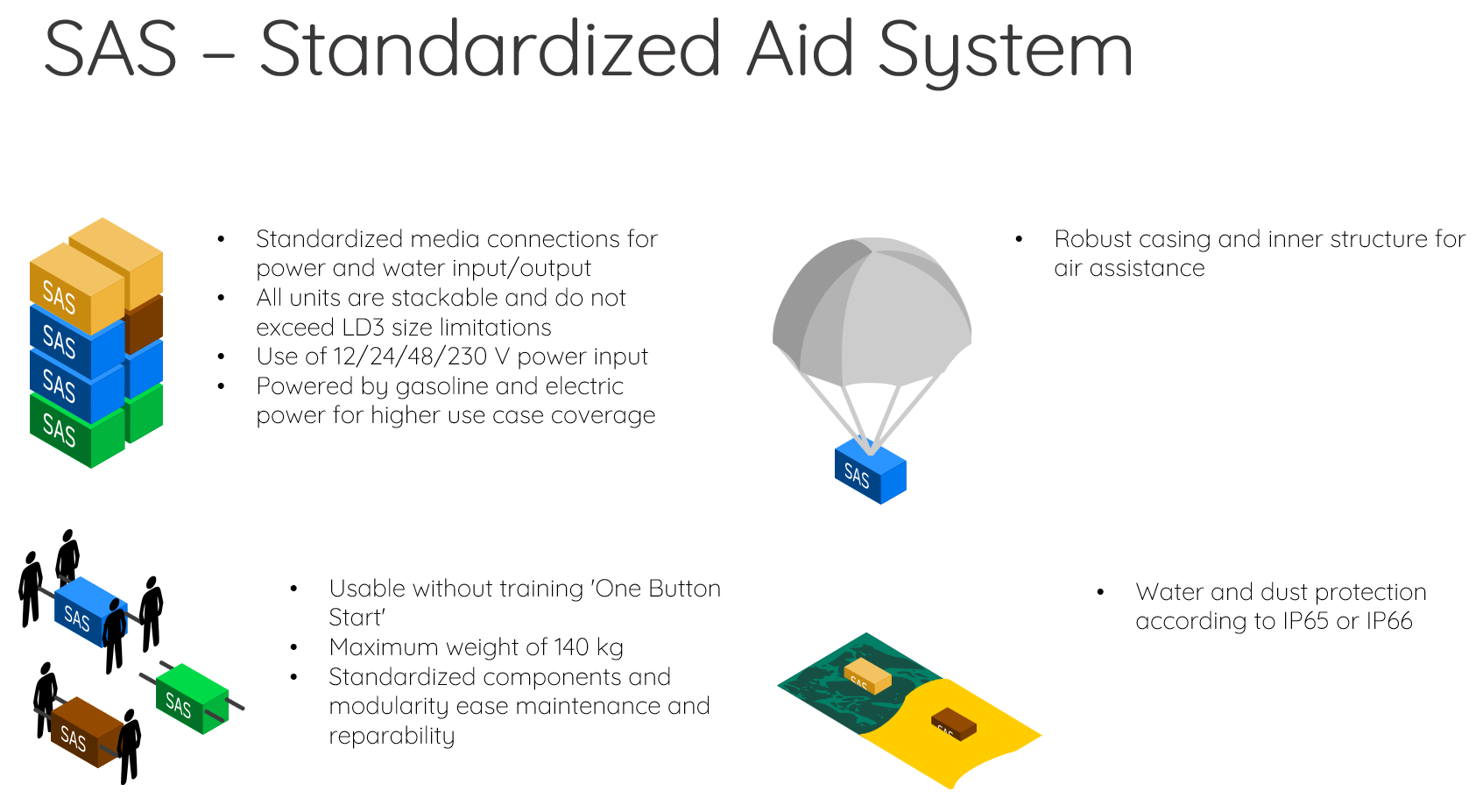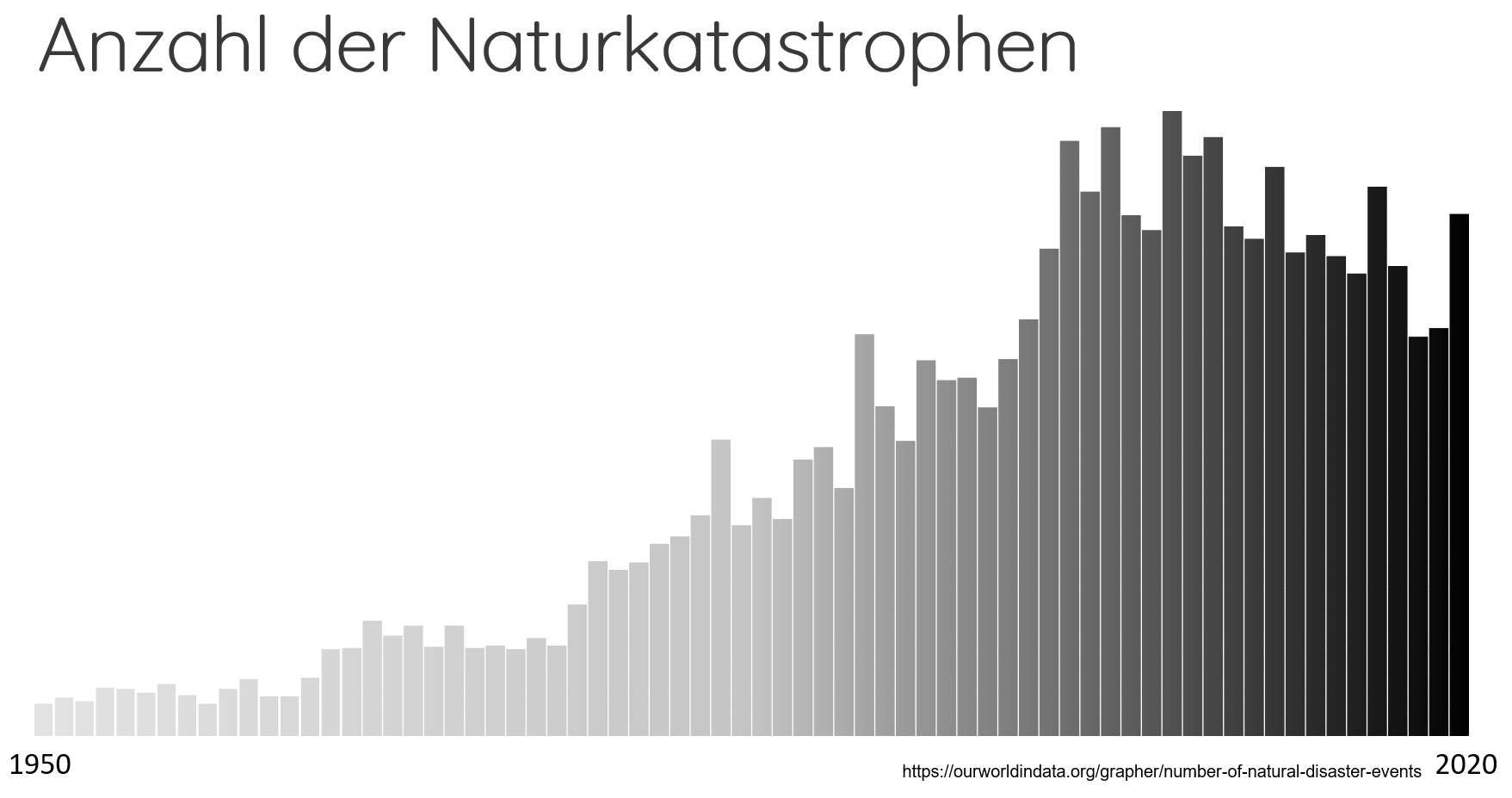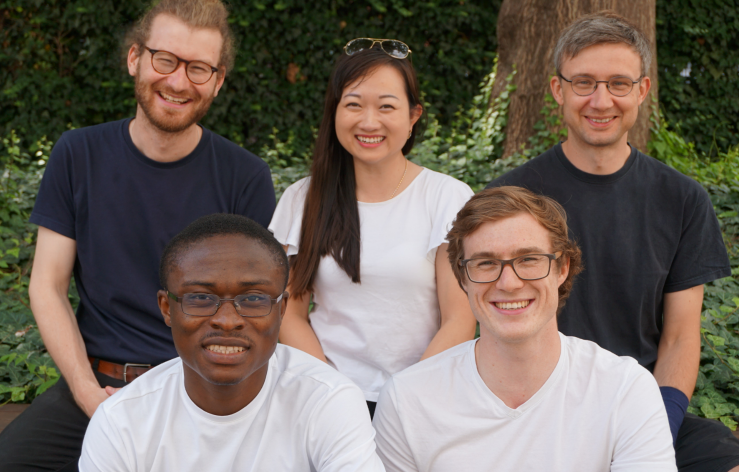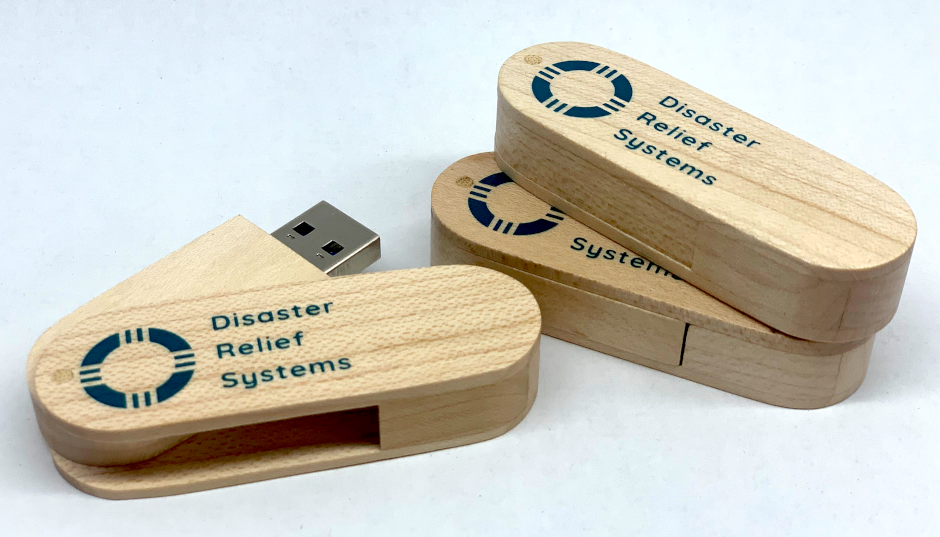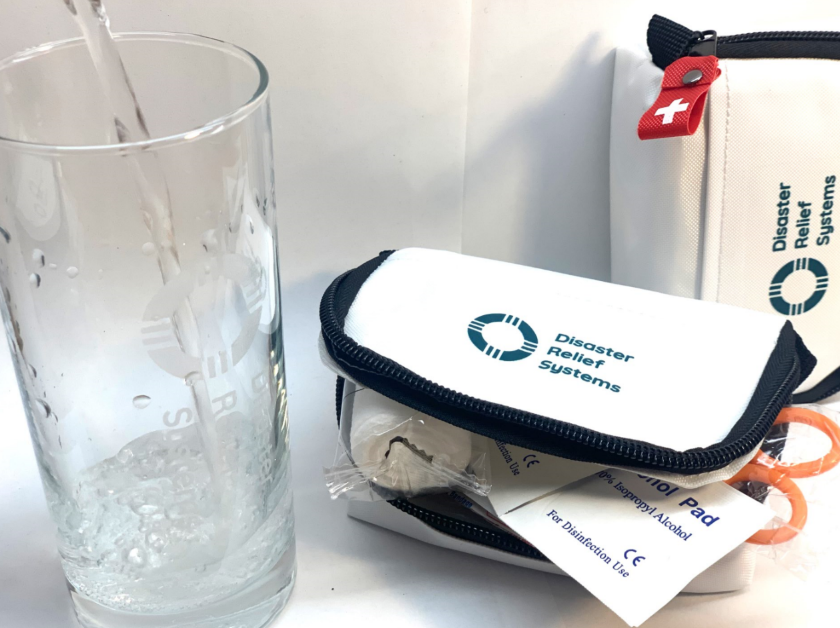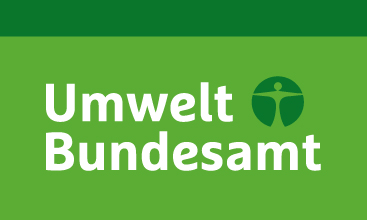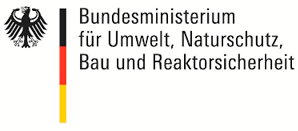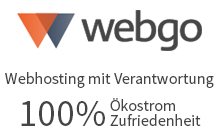Drop it | Airdroppable Water Purification Unit


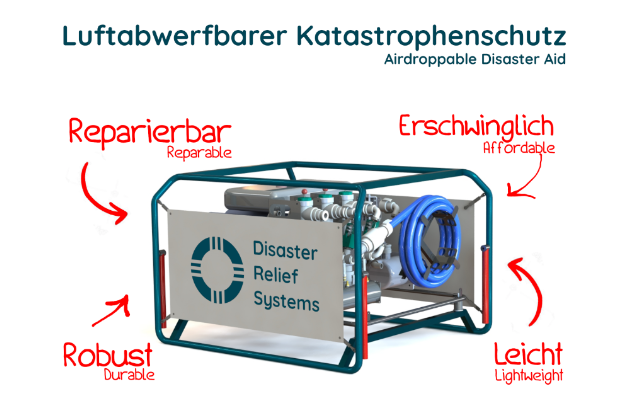
-
Backers
24
-
Funded
2.284 €
-
Stage goal
12.000 €
Added value for the environment
The project saves or improves the areas of ...
|
human
|
☆ ☆ ☆ ☆ ☆ |
|
ground, water, air
|
☆ ☆ ☆ ☆ ☆ |
|
climate
|
☆ ☆ ☆ ☆ ☆ |
|
|
|
|
|
|
|
material and cultural assets
|
☆ ☆ ☆ ☆ ☆ |
|
energy and use of resources
|
☆ ☆ ☆ ☆ ☆ |
Resources used
The resources used are ...
|
|
|
|
|
|
|
|
|
|
|
|
|
used efficiently
|
☆ ☆ ☆ ☆ ☆ |
|
|
|
|
|
Summary
Description
What is the funded money used for?
Why is the project an EcoCrowd project?
Tell us something about yourself.
We think of the future, because ...
There is no blog post for this project.
